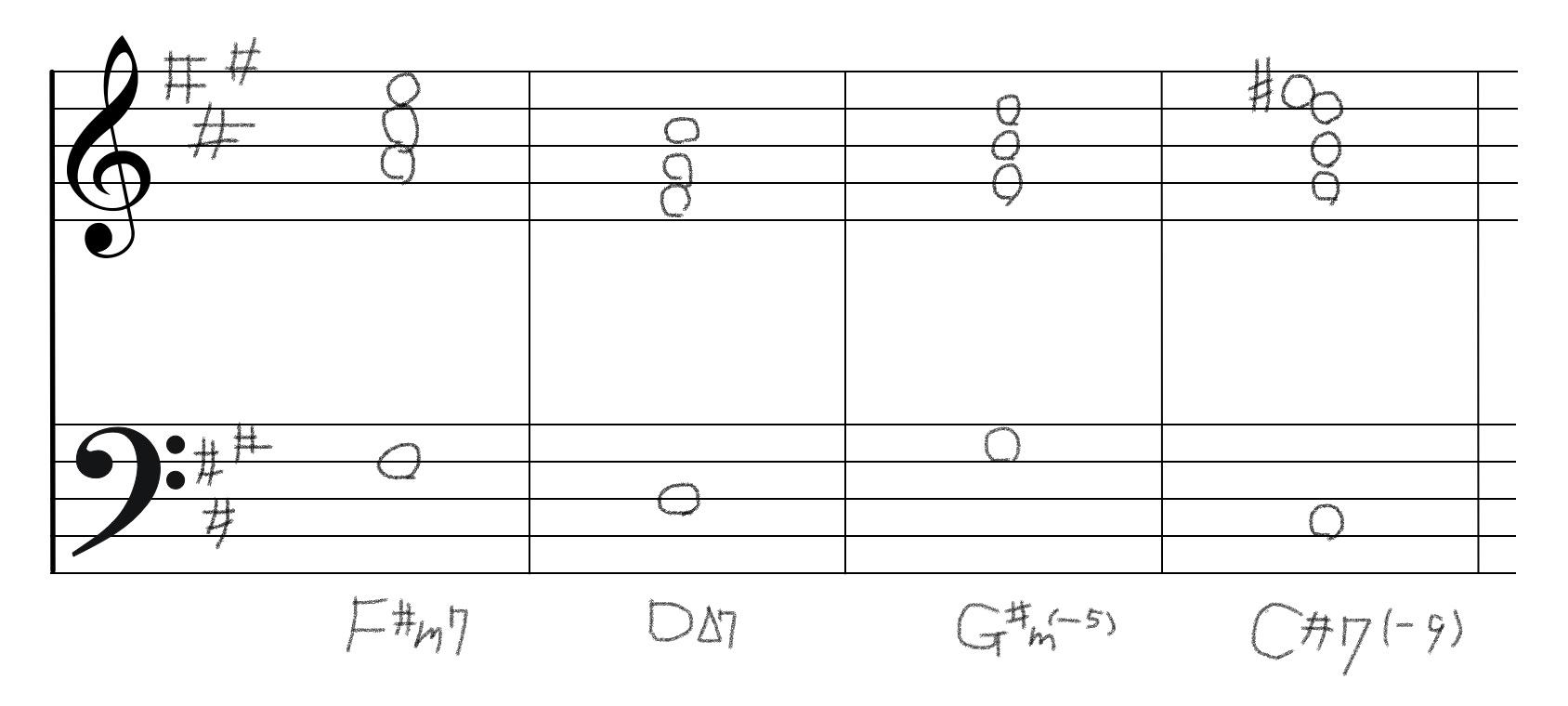Nice groove! OK, there’re many patterns of a melody conflicting with a chord. Here’s the chord progression of the electric piano loop:

In A major key degree, this is 6-4-7-3 progression.
The first two chords get along well with the brass melody. But on the third chord, melody is like “C♯-B-A, A-B-C♯” while chord root is G♯. Both C♯ and A are non-chord tones and A is especially dissonant when ringing over G♯. So the phrase starts and end with unstable relationship.
Or in a macro perspective, the chord, G♯m(-5) creates strong instability in tonality, while the melody is composed mostly of stable tones. Therefore, to simplify, it can be said that it’s not ideal when the intention to stabilize or destabilize the music diverges between the melody and the chords at this point (though it’s not always a bad thing).
Then the last chord, this is an intensified version of quality-changed III chord. It involves accidental sharp—E is raised to E♯. Despite this, the melody progresses from F♯ to E, sounding the notes a semitone above and below E♯ in succession. This creates a significant dissonance, which feels mismatched with the chord progression. This is clashes between the notes in the key and the note outside the key, so it may feel even more intense dissonance than that on the third chord.
Sample loops often utilize notes outside of the key. Therefore, even though the samples should theoretically match according to the key labels, they may sound dissonant when layered together.